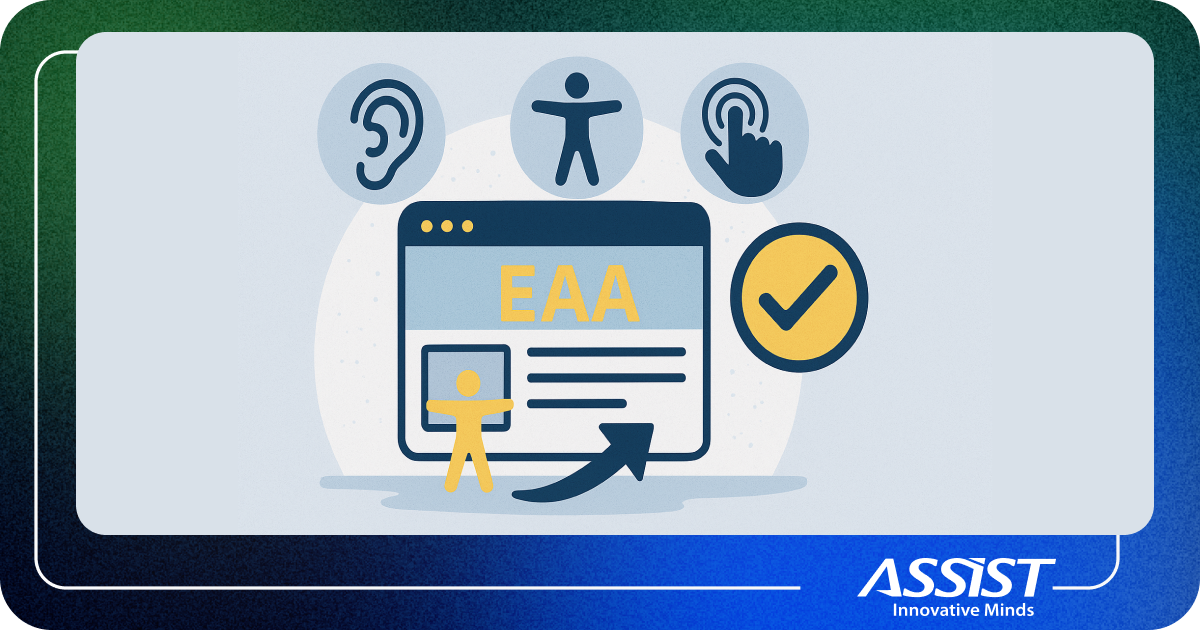Pattern Matching in Scala
Pattern matching is one of many things that Scala can do.
Think „switch” on steroids. What happens if you have to match one or more patterns in a match expression, and the pattern may be a constant, variable, constructor, sequence, tuple, or type pattern. In Scala this is kid's play.
The following example explains how this could be made in Scala.
def echoWhateverYouGaveMe(x: Any): String = x match {
// constant patterns
case 0 => "zero"
case true => "true"
case "hello" => "you said 'hello'"
case Nil => "an empty List"
// sequence patterns
case List(0, _, _) => "a three-element list with 0 as the first element"
case List(1, _*) => "a list beginning with 1, having any number of elements"
case Vector(1, _*) => "a vector starting with 1, having any number of elements"
// tuples
case (a, b) => s"got $a and $b"
case (a, b, c) => s"got $a, $b, and $c"
// constructor patterns
case Person(first, "Alexander") => s"found an Alexander, first name = $first"
case Dog("Suka") => "found a dog named Suka"
// typed patterns
case s: String => s"you gave me this string: $s"
case i: Int => s"thanks for the int: $i"
case f: Float => s"thanks for the float: $f"
case a: Array[Int] => s"an array of int: ${a.mkString(",")}"
case as: Array[String] => s"an array of strings: ${as.mkString(",")}"
case d: Dog => s"dog: ${d.name}"
case list: List[_] => s"thanks for the List: $list"
case m: Map[_, _] => m.toString
// the default wildcard pattern
case _ => "Unknown"
// adding if expressions
case a if 0 to 9 contains a => println("0-9 range: " + a)
case b if 10 to 19 contains b => println("10-19 range: " + b)
case x if x == 1 => println("one, a lonely number")
case x if (x == 2 || x == 3) => println(x)
case _ => println("some other value")
// matching multiple conditions with one case statement
case 1 | 3 | 5 | 7 | 9 => println("odd")
case 2 | 4 | 6 | 8 | 10 => println("even")
}




